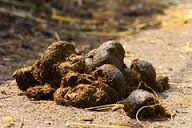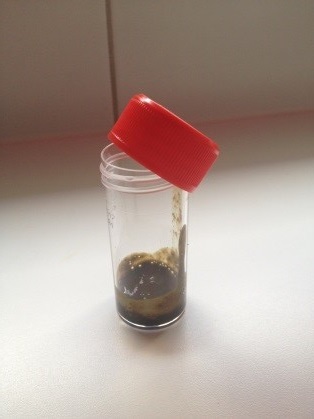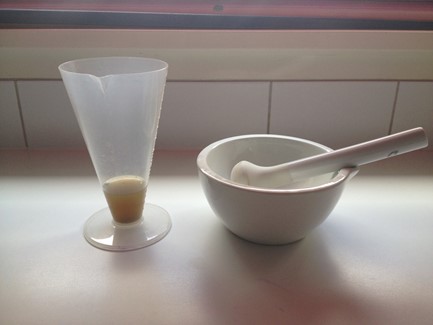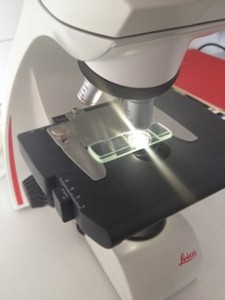
Deworm less, better worm
DE-WORMING HORSES ROSTRENEN VETERINARY CENTRE BRETAGNE TO
The end of the year is a period hinge in the management of your horses parasitism. Indeed, parasites, unwelcome guests of your animals, laid ; the pastures are contaminated eggs or larvae and horses réinfestent as and when they eat.
When mentioning the management of parasitism, often summarizes this action to the single deworming. However, the systematic and improper deworming use inevitably leads to the loss of efficiency of the latter with the appearance of resistant pest populations. Some countries around the world already face resistant populations of worms.
Veterinary Clinic team proposes to improve the practices of deworming in agreement with the new field data and new scientific advances :
1/ The use of wormers must be made in a reasoned way, following the creation of a FECAL *. to check for the presence of such and such parasite. Thus, It reduces the number of annually given de-worming, and left to live a "refuge" of parasites which will remain susceptible population wormers. Furthermore, from a budgetary point of view, the economy made in purchase of Wormer will largely cover the costs of fecal.
2/ Other forms of struggle are to be adopted :
- Keep horses by age class
- Avoid overgrazing : have 1 hectare by horse
- Pick up the feces, Ideally 2 twice a week (very effective but binding)
- Practice rotation annual pastures or alternate grazing cattle/horses (because the larvae of strongyles are resistant in the Middle)
- Thoroughly clean the box of foaling (parascaris infection)
|
The FECAL, What is it, What's the point ? It is one simple method, fast and inexpensive which allows you to have a photograph at a given moment of the parasitic status of your horse. It is a microscopic analysis from fresh droppings (picked up cleanly without soil/debris and immediately after defecation) and sent within 24 hours to the clinic. The interests :
We are looking for :
The conclusions :
The limits of this analysis :
|





